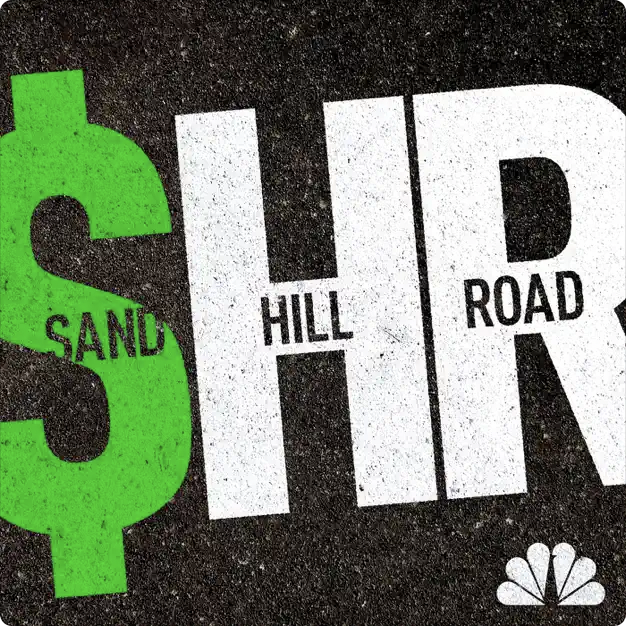Valuations and Deal Sizes: What to expect in a down market
By Tiffany Kim and Nick Adams
In a previous post we highlighted some of the similarities and differences between the Global Financial Crisis [GFC] of 2008 - 2010 and the current crisis caused by the outbreak of COVID-19. While there is still much unknown about the severity of the economic impact of closing many parts of the global economy due to the pandemic, the expectation is that it will change the global landscape for years to come. While the startup and the venture capital ecosystem is orders of magnitude larger than it was during the last recession, some changes are inevitable in this market.
Similar to the recent years leading up to the sudden outbreak of COVID-19, VC investment increased rapidly from the Dotcom crash of the early 2000’s to the GFC. Between 2003 to 2008, total VC investment increased from $8.3 billion to $21 billion only to be cut in half to $10.3 billion just two years later. As you can see in the chart below, VC investment came roaring back hitting 2x its pre-GFC peak and 4x the trough by 2018.
Round Sizes and Valuations
Data from the Kauffman Foundation (see Figure B below) shows us that across all rounds (Seed – Series D), the median round size went down after 2008. Founders at all stages were raising less capital, while at the same time, selling more of their company. The median percentage of equity sold per round increased from a low of 14% in 2008 to 25% in 2009. In other words, in 2008, Series A companies raised a median of $4 million in exchange for a median of 14% of the company ($28.5 million post-money valuation), whereas in 2009, among the companies that did successfully raise Series A companies raised at a median of $3.5 million for 25% of their company ($14 million post-money valuation).
What does historic data suggest for a downturn today? It’s possible that the COVID-19 crisis may result in a drop of comparable magnitude, with 25-50% less total dollars deployed to the A, B, and C rounds. As later stage investment valuations move more or less in lockstep with public markets, earlier stage valuations get compressed as well, resulting in less capital deployment per round.
Figure B. Source: Kauffman Fellows
If the data from the Global Financial Crisis is at all predictive or indicative, it is likely a reasonable assumption that venture capital will generally be harder to raise for startups, and many of these startups will likely raise at lower valuations as compared to pre-crisis. Startups that have not yet hit profitability will need to curb spending, focus on revenue-generating products, and think carefully about the timing of new hires. It is also prudent to consider alternative sources of capital such as venture debt.
Protective Economic Terms
Given the economic uncertainty in the current environment, another trend to watch will be the return of other investor protective provisions in term sheets such as participation rights, liquidation preferences exceeding 1x the investment size, and ratchet provisions other than a broad-based weighted average. The last decade has seen a trend towards founder-friendly term sheets by cutting down complex terms and heavy investor protections. In Figure C, we see that VC liquidation participation rights have become extremely rare in the years following the GFC, and in Figure D, it’s evident that the average dividend percentage has dropped since the GFC. Though it is only one quarter’s worth of data, we see that at the end of Q1 2020, there was a small uptick for both of these deal terms.
Figure C. Source: PitchBook
Figure D. Source: PitchBook
Anecdotally, we are hearing about more later stage deals that include investor downside protections such as pay-to-play provisions and full ratchets, but it is still too early to quantify that statement. Generally speaking, most of these terms only come into play for investors in suboptimal scenarios (ex. down rounds), so now that those situations have suddenly become a serious possibility for many companies, it makes sense that VCs will start re-introducing these terms. As you can see in Figure E below, down rounds spiked rapidly during the last recession and quickly retreated as market conditions improved during 2009 and 2010.
Figure E. Source: PitchBook
There are still far more questions than answers but the one thing that’s clear is that all industries need to figure out how to operate in an environment of extreme uncertainty and volatility. When planning your cash, fundraising, and sales strategy, It is helpful to have a reference point to other comparable time periods to inform decisions. Most importantly, don’t run out of money!


































